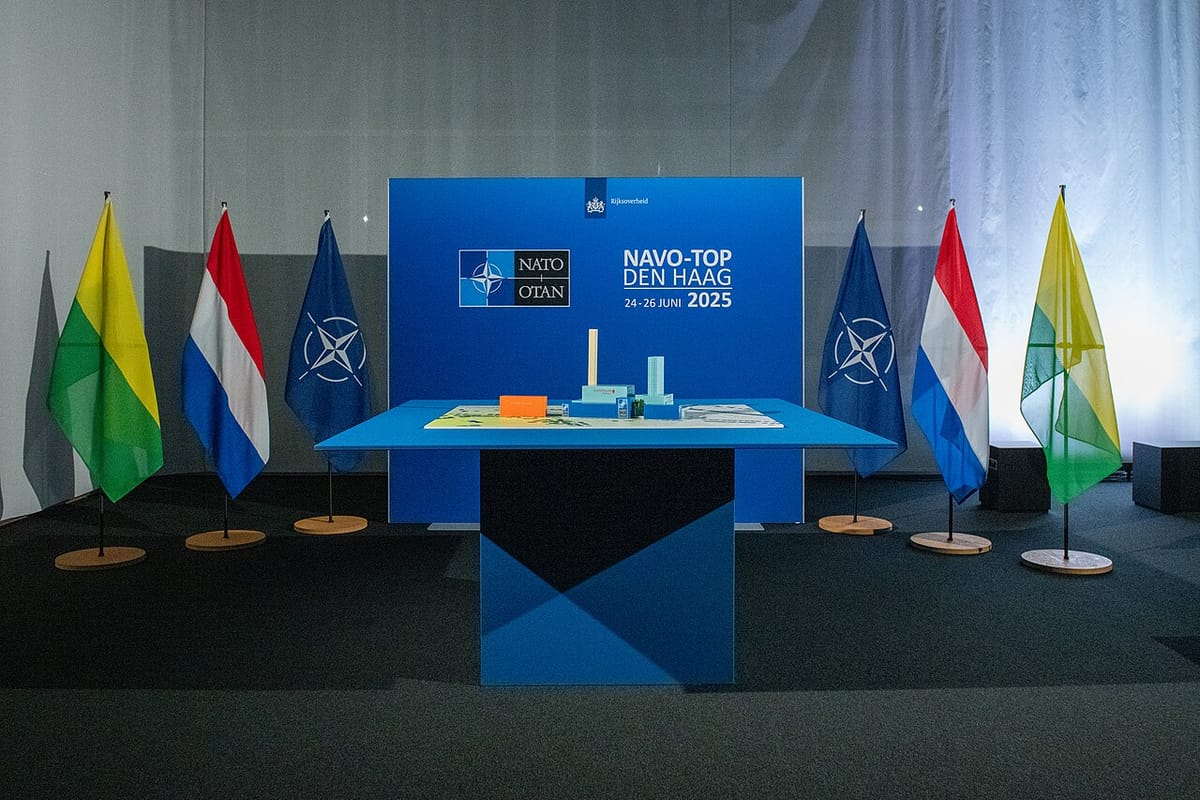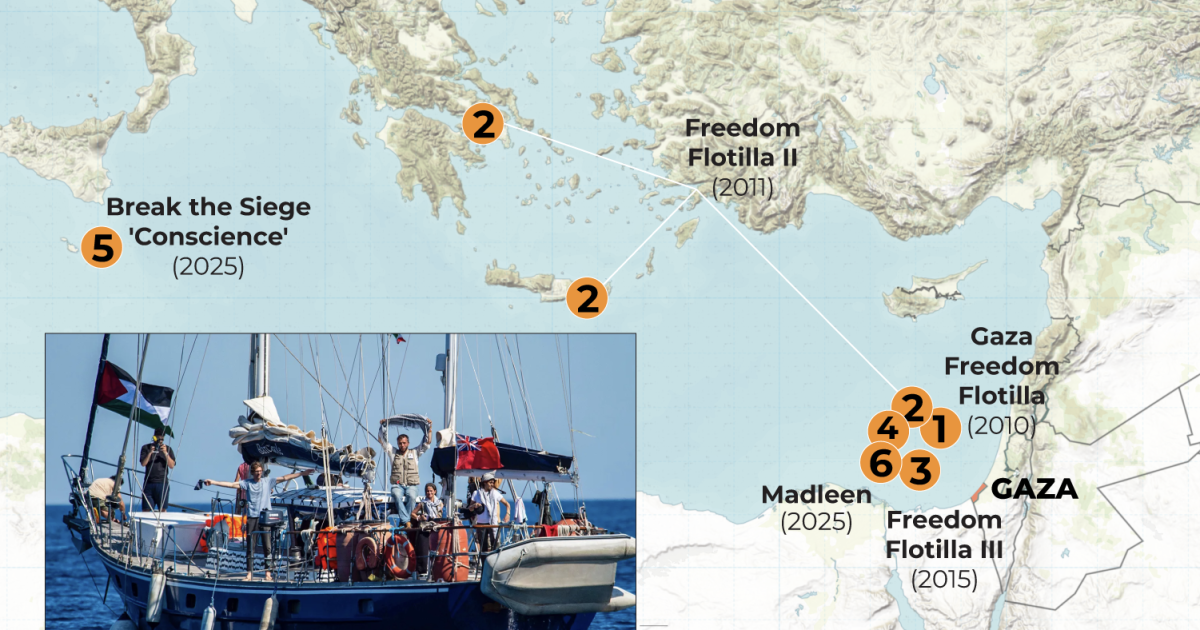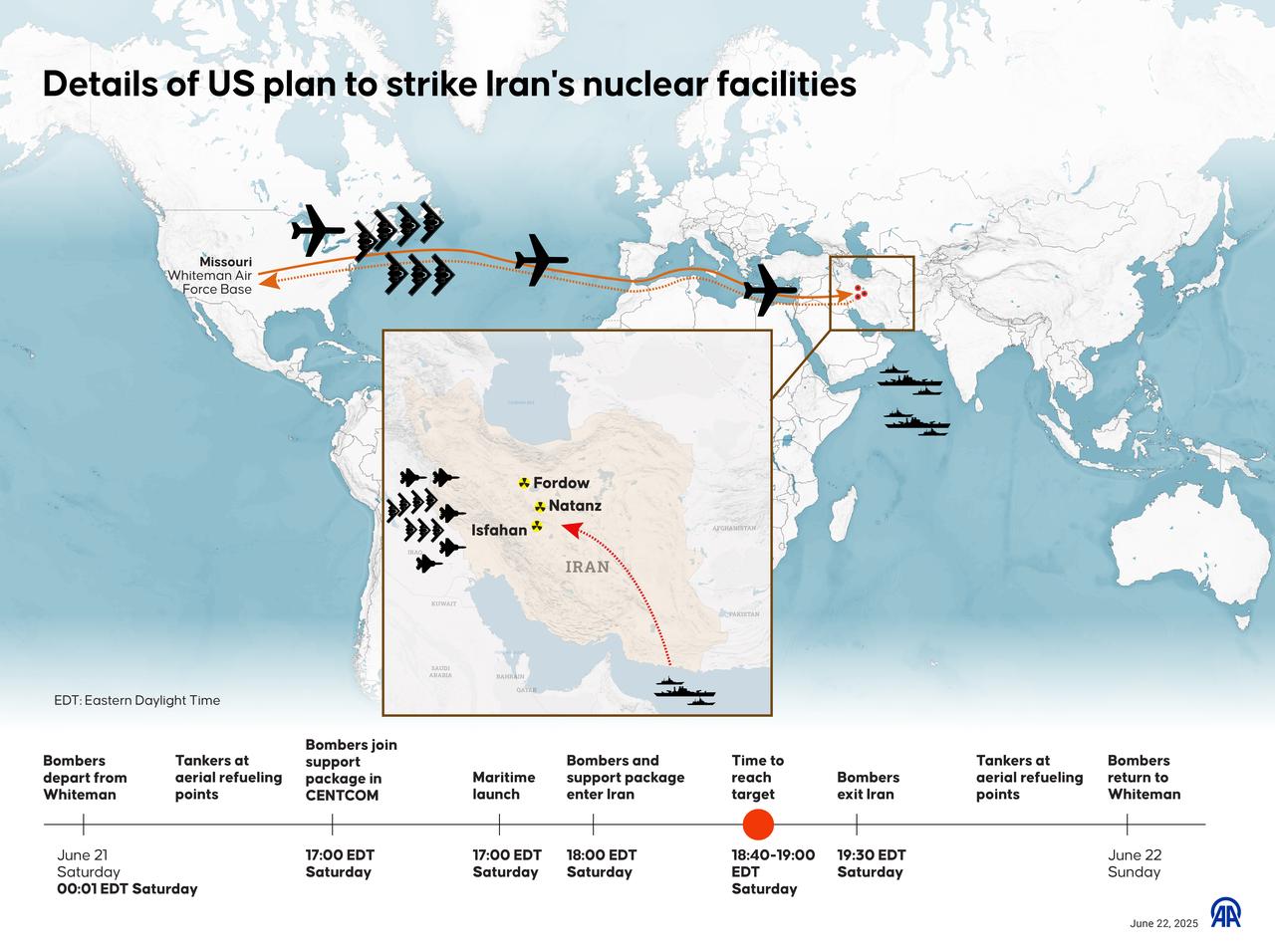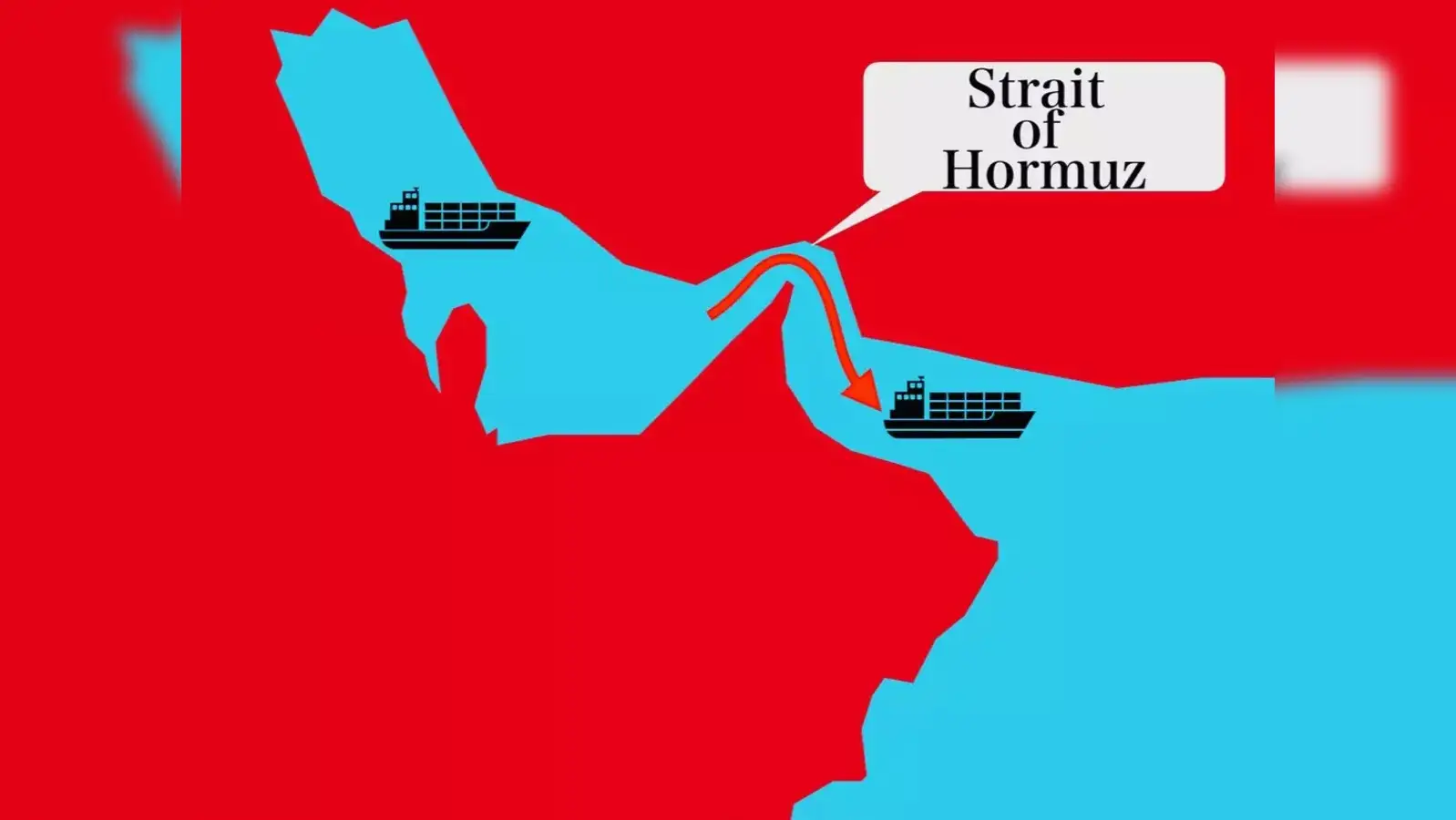NATO Strategic Concerns Dominate Summit in The Hague
NATO
As diplomatic tensions rise globally, NATO member states convened in The Hague for a high-stakes summit focused on arms procurement and collective defense. The gathering comes at a critical time, with escalating threats in the Middle East sparking widespread anxiety about the alliance’s readiness and response capabilities.
Leaders from various NATO countries arrived at the summit with clear agendas, emphasizing both defensive planning and unified strategies. The urgency of the meeting was underscored by recent developments in the Middle East that have the potential to draw NATO nations into broader conflict scenarios.
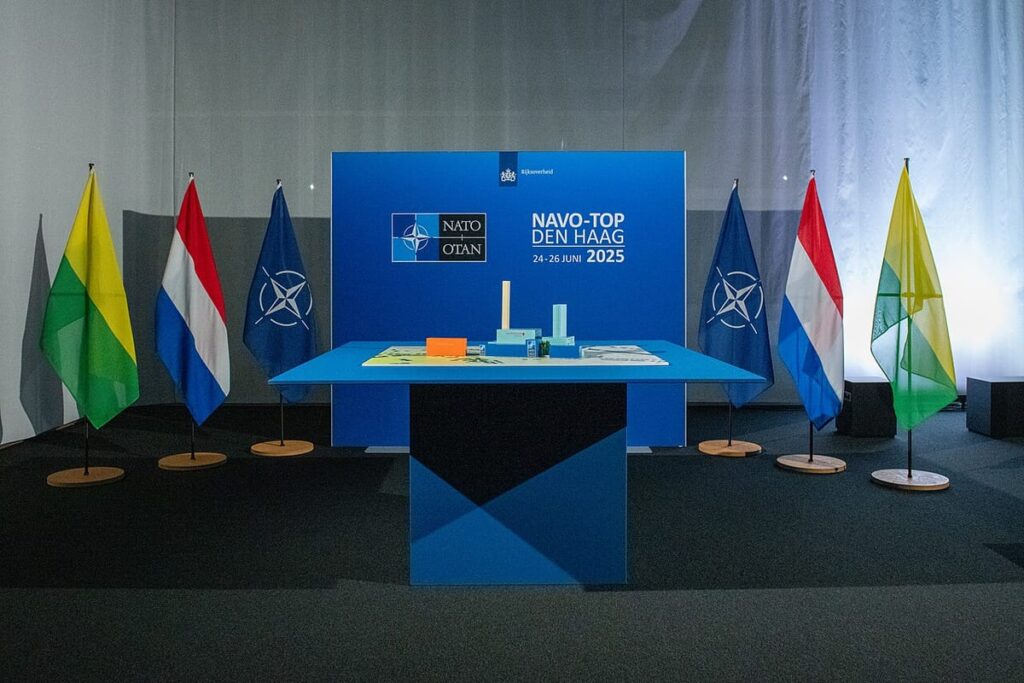
The Hague From Nato as the Epicenter of Urgent Surges
Traditionally recognized as a hub for international justice, The Hague has now become the stage for intensive geopolitical coordination. NATO allies used the summit as an opportunity to reinforce solidarity while evaluating gaps in current military inventories.
Although each nation faces unique security challenges, the overarching theme was consistent: preparation, deterrence, and swift action. Given the rapid evolution of global threats, the importance of strengthening collective defense capabilities could not be overstated.
Arms Procurement: A Central Focus
At the heart of the summit was a concentrated discussion on arms procurement. Several member states expressed frustration over outdated equipment and lagging supply chains. In response, the summit prioritized the modernization of weapons systems, interoperability across forces, and increased defense spending.
Delegates stressed that efficient arms acquisition is no longer a matter of choice but a pressing necessity. The decisions made in The Hague will likely influence long-term procurement policies and determine how quickly member nations can respond to emerging crises.
Middle East Escalation Looms Over Deliberations
The Middle East remained a persistent backdrop throughout the summit. With tensions flaring between regional powers and global stakeholders, NATO officials expressed concern over potential spillover effects. Strategic contingencies were examine in detail, especially scenarios involving allied interests in the region.
Although no specific military commitments were announced, the alliance emphasized the need for rapid mobilization capabilities. This includes the potential repositioning of NATO assets to reinforce deterrence and stability in volatile areas.
Calls for Unity and Shared Responsibility
One of the summit’s dominant messages was the call for shared responsibility among member states. Officials highlighted that maintaining global peace cannot rest on a few shoulders alone. Instead, a more equitable canalization of resources, capabilities, and decision-making is essential.
Moreover, the urgency of joint investment in both conventional and cyber defense was reiterated. Transitioning from rhetoric to action will be key if NATO is to remain a credible and cohesive alliance.
The Role of Technology and Innovation
Beyond traditional weaponry, the summit delved into the strategic use of technology. NATO leaders reviewed current advances in artificial intelligence, drone systems, and cyber defense tools. These technologies, they argued, are vital to modern conflict preparedness.
By embracing innovation, member nations can improve both deterrence and resilience. Additionally, ongoing collaboration with private tech sectors was encouraged to ensure that NATO remains at the forefront of digital security and defense strategy.
Diplomacy Still on the Table
Despite the militarized tone of the summit, many leaders reaffirmed their commitment. The use of sanctions, and multilateral pressure remains a priority for preventing conflict escalation. That said, the consensus was clear: we works best when backed by credible defense capabilities.
To that end, several delegates proposed the creation of rapid-response diplomatic units. These would operate in tandem with military forces to engage in real-time de-escalation efforts, especially in areas identified as flashpoints.
Reactions from the Global Community
Outside the NATO framework, global reactions to the summit have been varied. Allied nations expressed support for the alliance’s proactive approach, while adversarial states criticized the focus on arms and deterrence. Humanitarian groups, meanwhile, urged greater emphasis on non-military solutions.
Nevertheless, most observers acknowledged the necessity of readiness in uncertain times. With conflicts spreading and security guarantees in question, NATO’s role remains pivotal in maintaining balance.
Conclusion: A Pivotal Moment for NATO and Global Security
The Hague summit has underscored the gravity of the global security landscape. From arms modernization to potential Middle East interventions, NATO faces a complex array of challenges. However, through strategic planning, shared responsibility, and continued innovation, the alliance seeks to adapt and thrive.
In the face of uncertainty, unity and preparedness are more important than ever. The decisions made at this summit will shape the alliance’s trajectory and influence the global order in the months and years to come.
Ultimately, while the path forward is uncertain, NATO’s determination to face the future head-on reflects its enduring commitment to collective defense and international stability.

